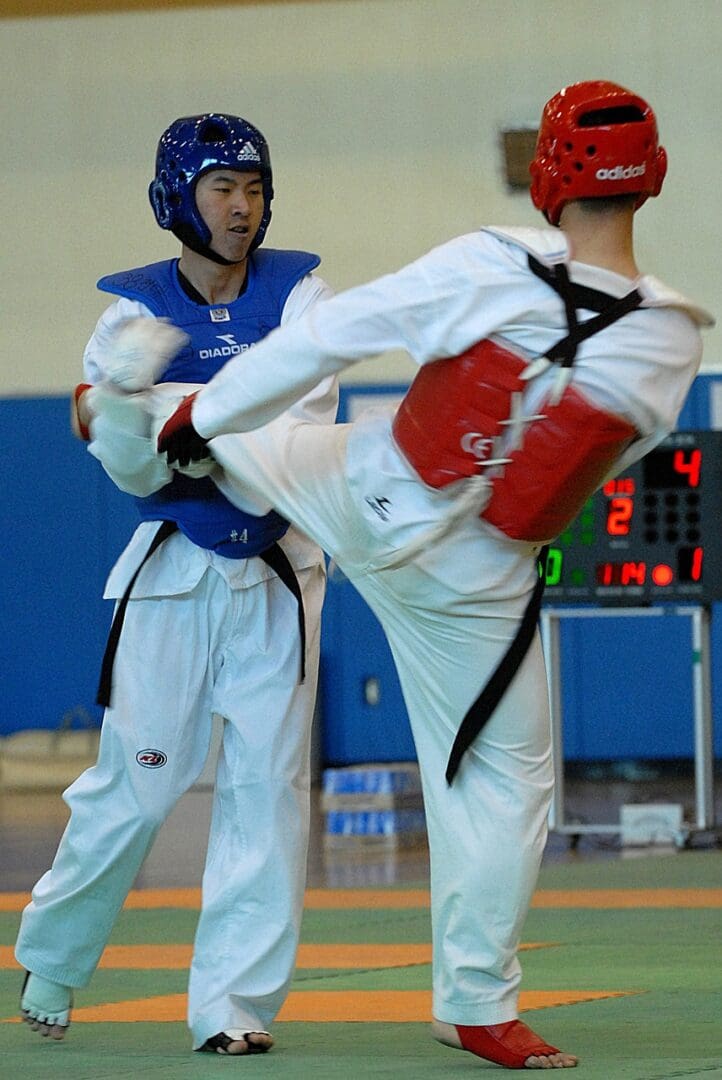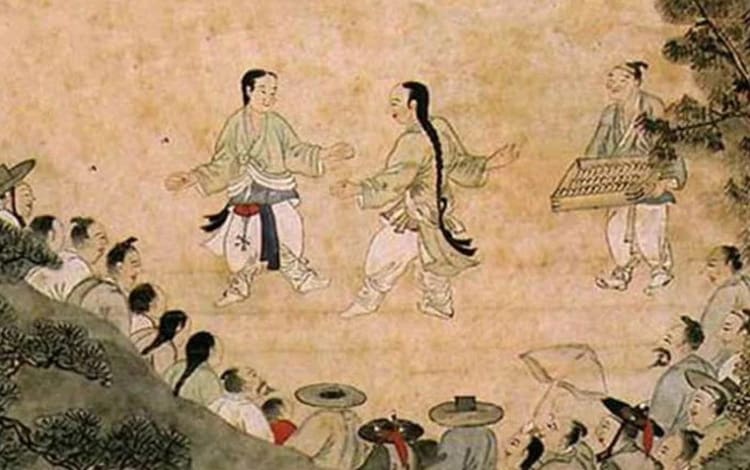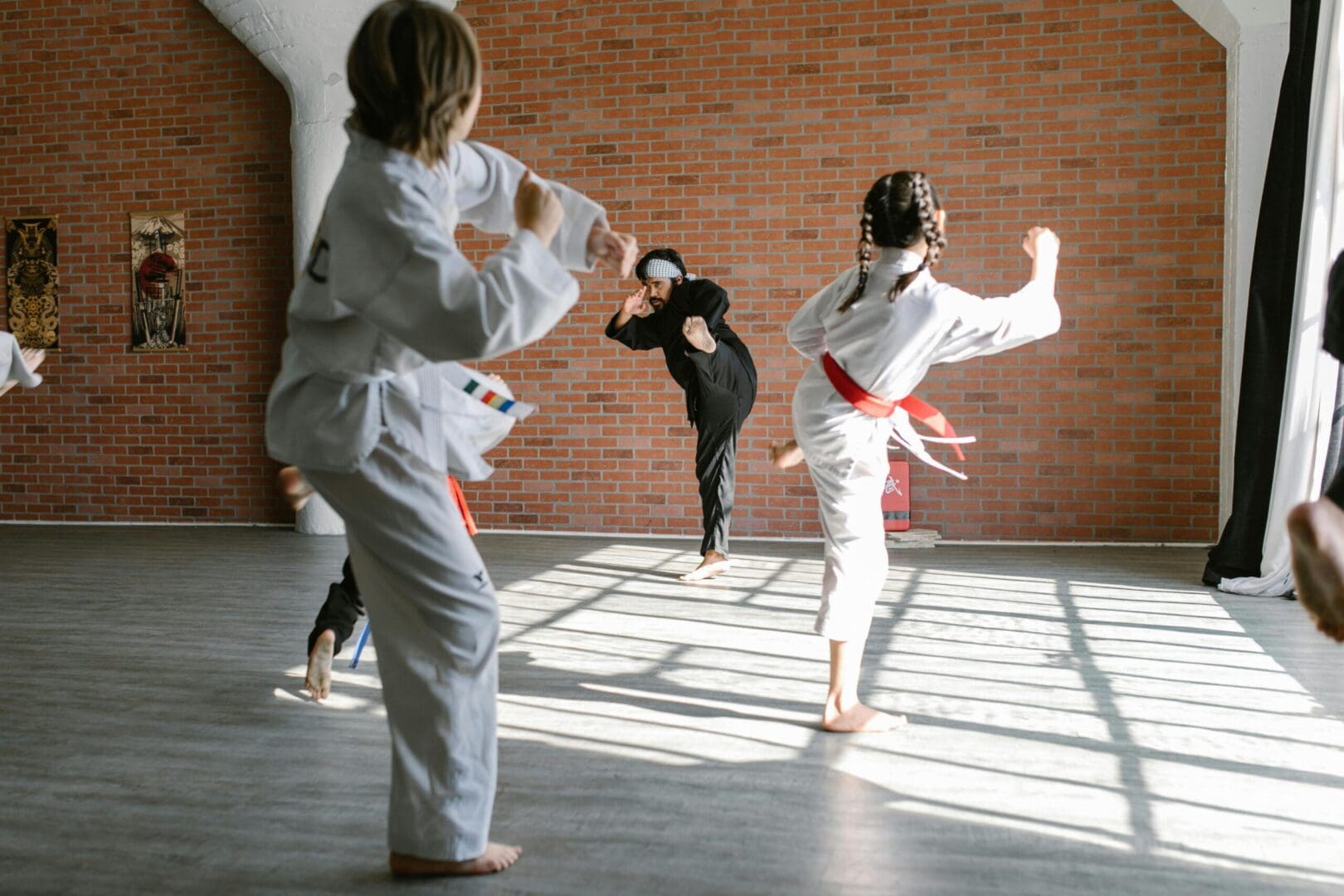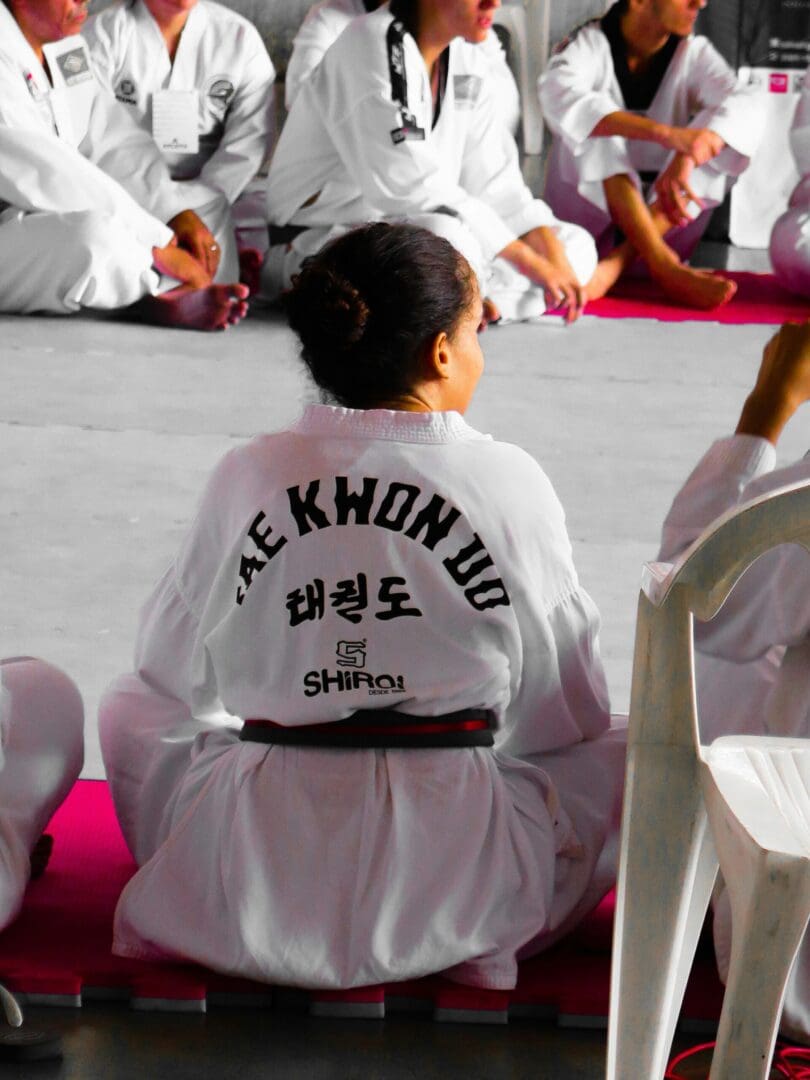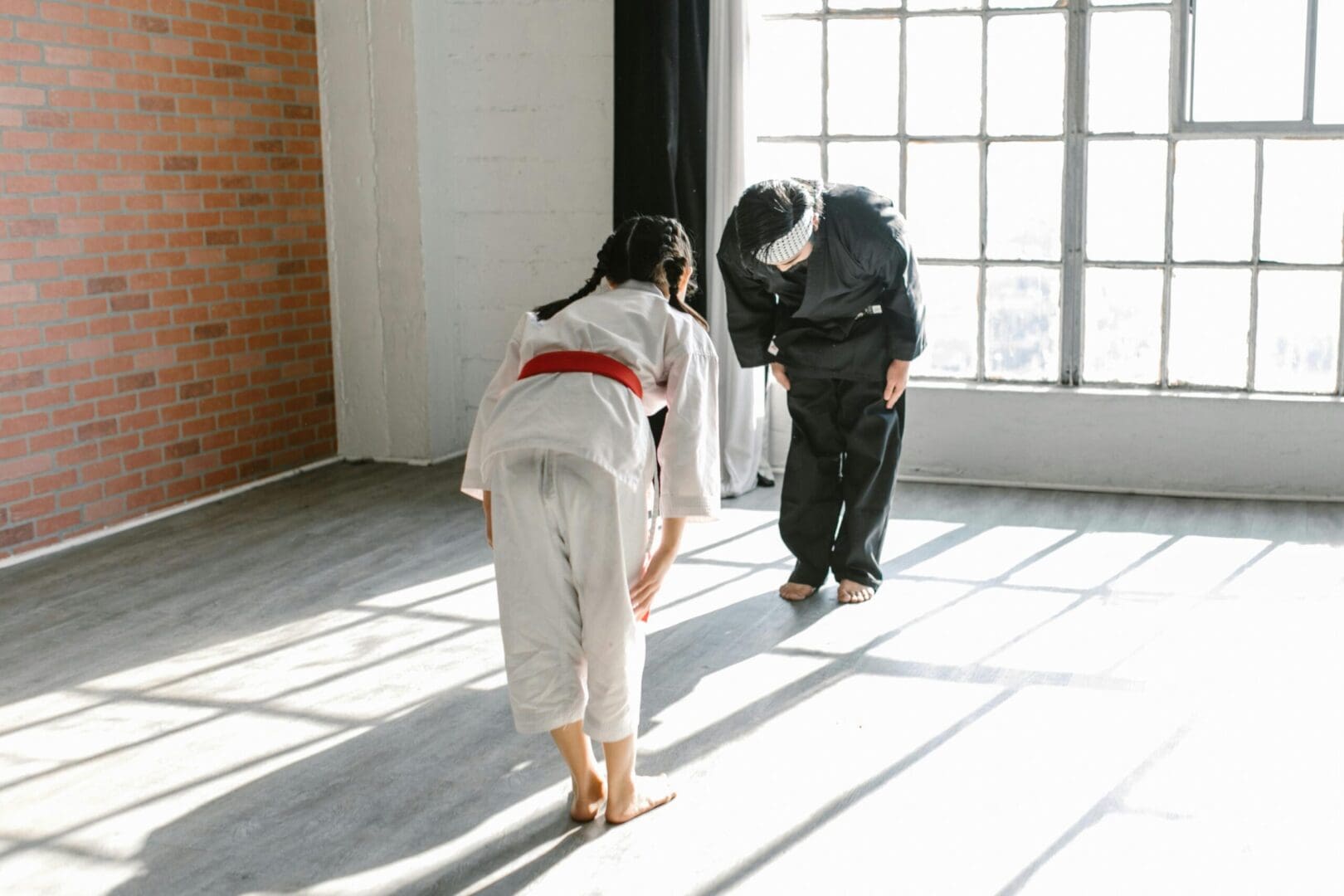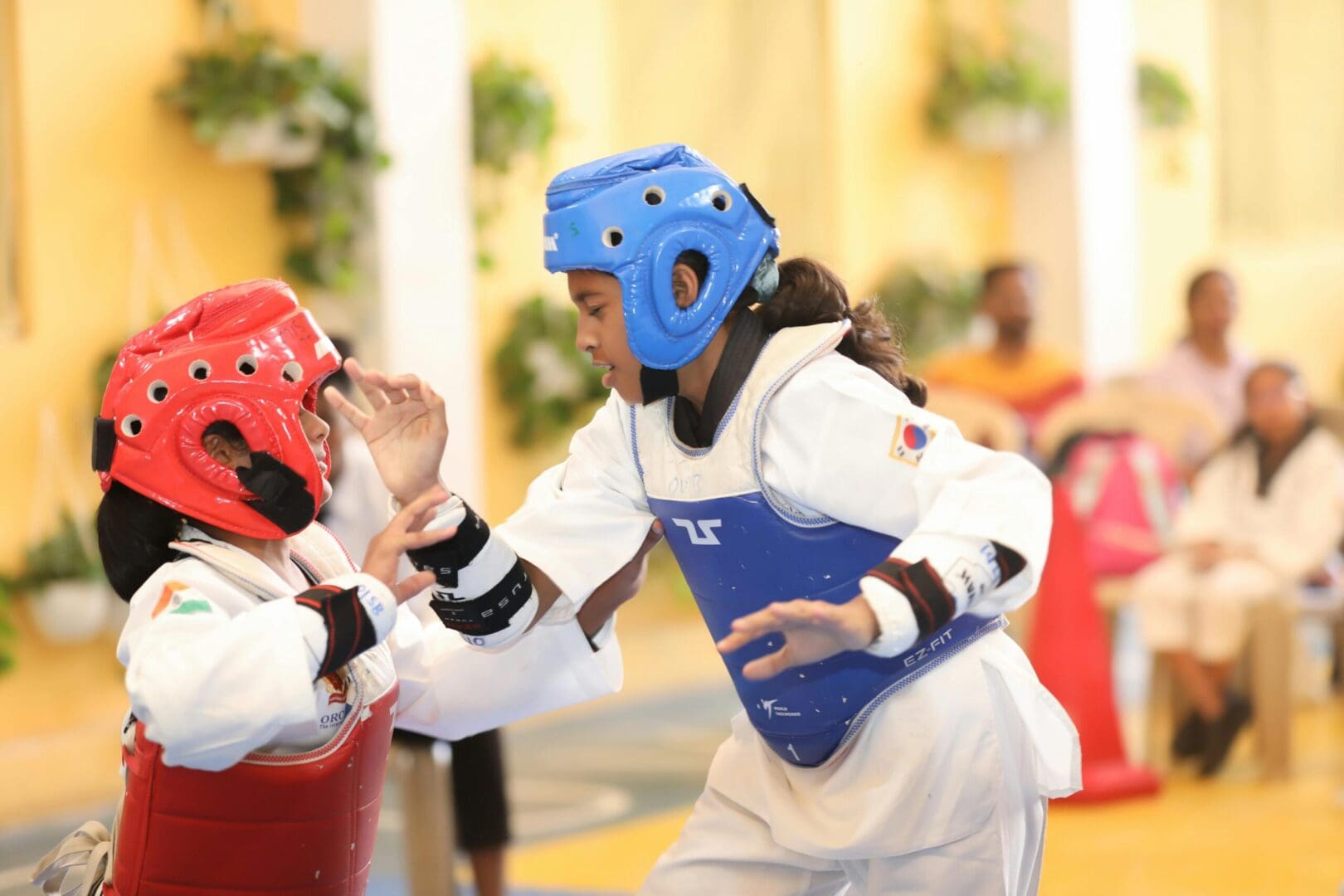About Tae Kwon-Do
Tae Kwon-Do is a Korean martial art known for its emphasis on high, fast kicks, powerful strikes, and dynamic footwork. It is often distinguished from other martial arts by its focus on kicking techniques, which include a wide variety of strikes such as spinning kicks, jumping kicks, and side kicks. In addition to kicking, Tae Kwon-Do also incorporates punches, and blocks, but it is the exceptional use of the legs that makes it stand out.
Tae Kwon-Do combines a martial art's physical techniques with discipline, respect, and mental focus, making it both a sport and a method of personal development. What also sets it apart is its inclusion in the Olympic Games since 2000, where it is contested as a full-contact sport with a scoring system based on controlled strikes and technique. The practice of Tae Kwon-Do is deeply tied to Korean culture, with a strong emphasis on etiquette, respect for others, and self-control.
